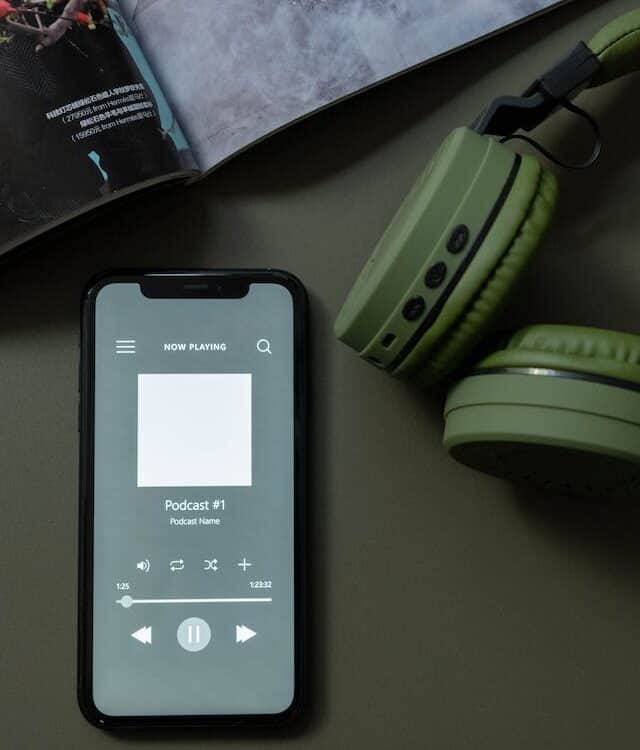
SBRN Featured in Ottawa Citizen and Vancouver Sun
February 7, 2012
JAMA: Moderate to Vigorous Physical Activity and Sedentary Time and Cardiometabolic Risk Factors in Children and Adolescents
February 15, 2012SBRN is pleased to publish guest posts in the area of sedentary behaviour, written by graduate students and young investigators working in a range of disciplines. Today’s post is written by PhD Candidate Ernesto Ramirez. More information on Ernesto can be found at the bottom of this post. If you are interested in writing a summary of an article or intervention that you found interesting, please contact us here.
So there I was the other day perusing twitter and low and behold a story about sedentary behavior in schools pops up. Turns out that Kimberely Ramsey, a 4th grade teacher at Rivers Edge Elementary School in Henrico County, Virginia has been implementing an awesome program called Read & Ride to get her kids up and active during the school day. Kimberely was kind enough to let use interview her about the program, her rationale for starting it, and suggestions for others looking to do the same thing.
To download a video of the class click here here, or you can watch it online here.

ER: What is the Read & Ride Program?
KR: I have 1 stationary bike, 1 treadmill, 3 pedal bikes, and 6 stability balls in my classroom. Throughout the day, I choose students to use this equipment while they are reading their AR (Accelerated Reader books), as well as during other various times. This is a motivation for students to read, to be focused, to keep their desk areas organized, to not disturb others, etc. They want to be chosen for this special treat! They keep a log of how many minutes they read and exercise daily at home and at school.
ER: What prompted you to start the Read & Ride Program?
KR: Many things prompted me to implement this type of program. First of all, I was diagnosed with heart disease about 10 years ago. Second, I am a mother of 2 daughters, so I wanted to be a good role model for them. Finally, it’s never made sense to me how or why we would ever expect 9-year olds to remain still and silent all day in a classroom! Impossible! I’ve taught the collaborative class (LD and Autistic) for many years throughout my career. They need to get up and move! What better way to encourage my favorite subject with getting rid of the fidgets at the same time! READ + RIDE!!!
Our class motto is…”What your MIND can conceive and your HEART can believe your BODY can achieve!”
ER: What have you learned from having access to exercise equipment in the classroom?
KR: I have learned that just like we have to teach our children to make healthy choices at home, as parents, we must also continue this in our classrooms. With childhood obesity and diseases like diabetes spreading like wildfire, we must ALL take a stand to make positive changes. We can’t just teach our children, we must show them and be good role models. That being said, I can ride the bike while reading a story to them! It’s a win-win situation for us all.
ER: Did you run into any obstacles (foreseen or unforeseen) when you started the program?
KR: The only obstacles I have really run into is space. My classroom is small, and there is a lot going on. Also, being fair and consistent with our busy schedules and 23 students. Some days we have more time for Read and Ride than other days. That’s life! But I try to show them that it’s important to do everything in moderation, diet and exercise.
ER: Do you think this program and others, such as standing desks, should be more widespread in schools?
KR: Absolutely! I think the whole world, all ages, shapes, locations, and sizes, should be implementing programs like this! No human being should be required to sit for hours. It’s horrible! This needs to be a necessity for all work places, homes and schools in order to stop/prevent obesity and diseases! Even if everyone moved for 10 – 15 minutes a day and made one healthy choice, we would see positive affects.
ER: Many schools take a very standardized approach to the classroom environment. What would you say to a teacher who is thinking about implementing a similar program at another school? What can they do?
KR: I would say start with your principal and your PE teachers first to get permission and ideas. I am lucky to have the support here from the administrators. I also would ask parents (PTA) and the community (business sponsors) for donations for the equipment needed. I have not spent one penny on my equipment. It was all donated!
ER: Anything else you want to add?
KR: If I help one child to make healthy choices and to be a lifelong reader/exerciser, then I feel this program has been successful! Life is short, and we must as educators be good role models. A healthy child is a smarter and happier one! I hope we can spread the word!
ER: Wow. What a great role-model for researchers and teachers!
About the author: Ernesto Ramirez is currently a doctoral student in the Joint Doctoral Program (Health Behavior) at San Diego State University and University of California, San Diego. He is currently working at the Center for Wireless and Population Health Systems (CWPHS). He focuses on how to use existing and new technologies to better measure/understand behavioral patterns and then harnesses technology solutions to create effective interventions for individuals. He is interested in building and using systems that will take advantage of sensing, mobile, and social network technologies to better the health of individuals and populations.




